To thoroughly experience the work of Fanni Sandor, you need to look closely—very closely. In fact, a magnifying glass can be a very useful tool.
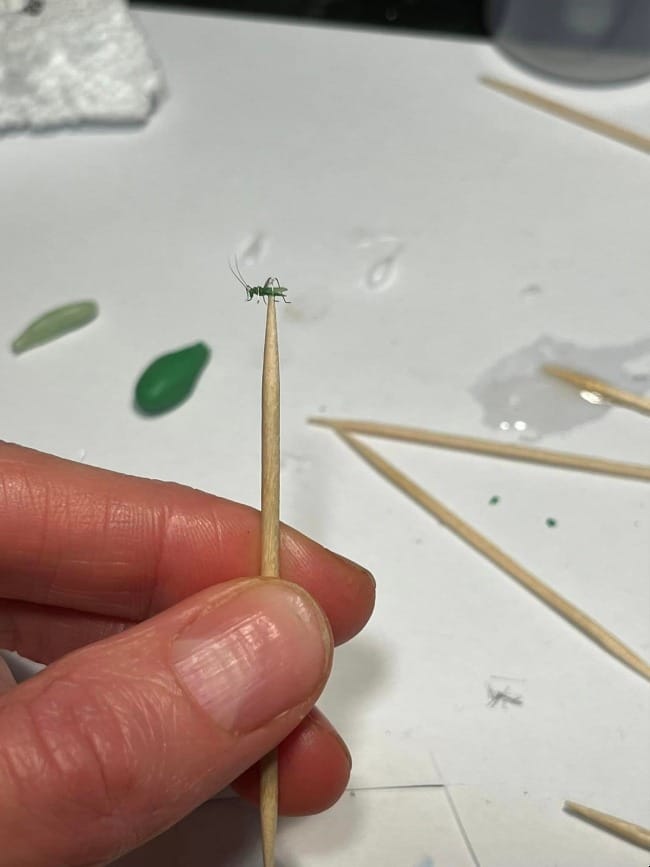
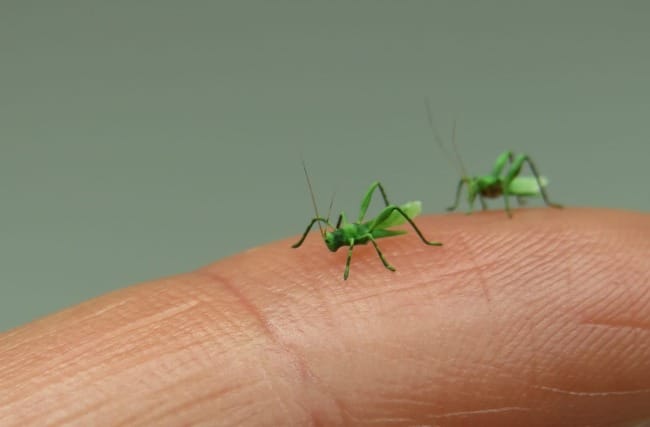
Sandor is a Hungarian miniature artist, who works in the scale traditional for models and miniatures (1:12), which means that every inch of the miniature is equal to twelve inches of the original subject. This makes for very delicate work.
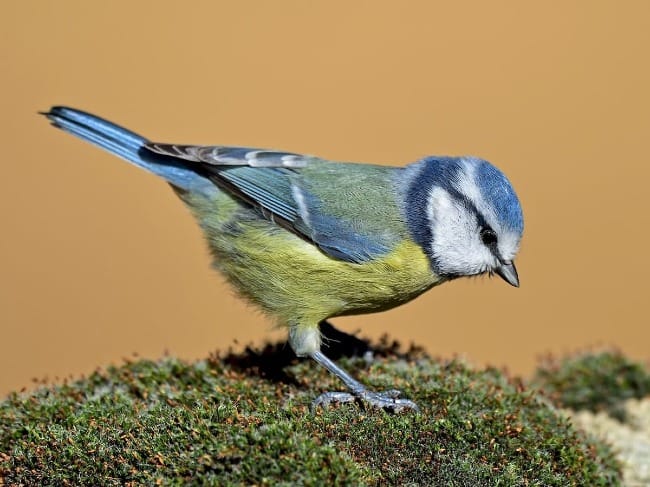
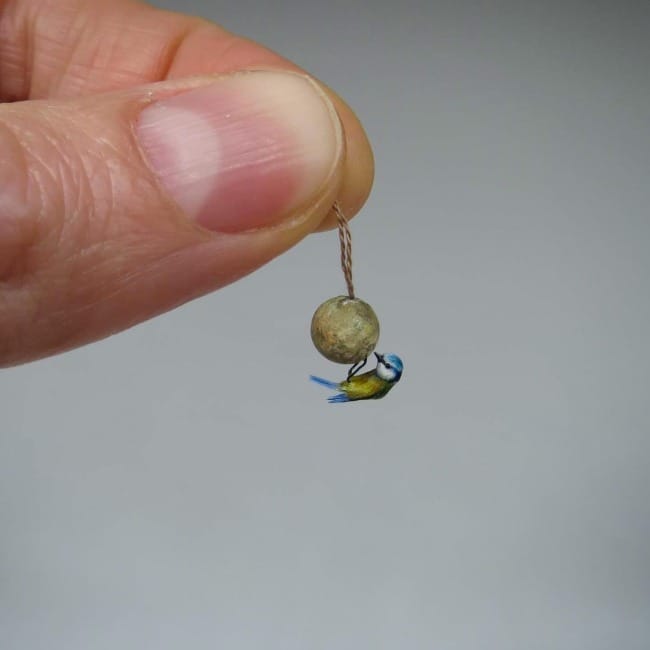
In addition to being a skilled artist, Sandor is also a trained microbiologist and science teacher, which means that she puts a high value on accuracy in the creatures she creates. Sandor, with her background in science, views her work partly as environmental education, which means she strives to portray each creature as correctly as possible. This attention to detail means that she can spend days and even weeks on a particularly demanding project, even if the end result is as tiny (or tinier) than her fingernail.
The Craft
She starts each sculpture by collecting several different pictures of the particular species that will be the subject of her sculpture. She says that study drawings (preliminary sketches) make the sculpting process much easier. Once she has a final version, she creates the polymer base of the sculpture, using paper embossing and pin ending tools.
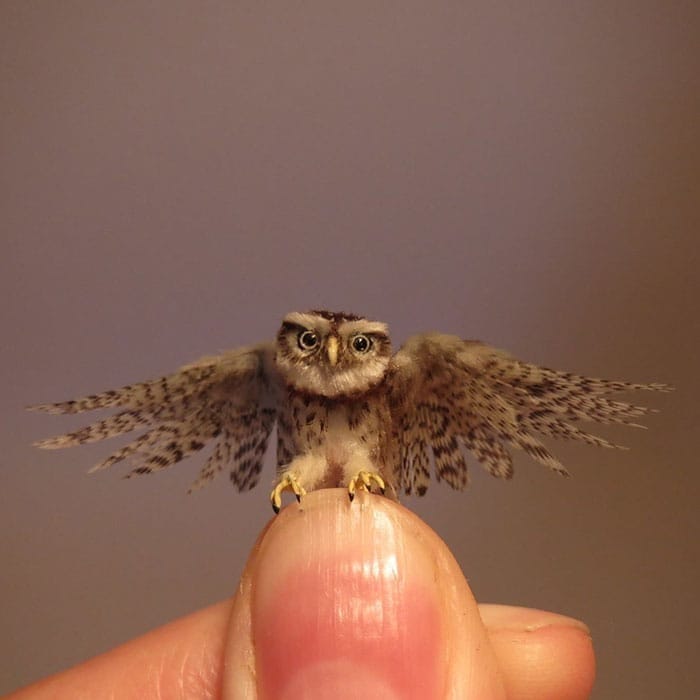
She bakes the clay and then uses her tools to create more details. Once satisfied, she carefully paints the minute sculpture, again with the aim of being accurate and detailed. Once the figure is painted, she adds fur or feathers (depending on what the creature is) and attaches legs made of wire.
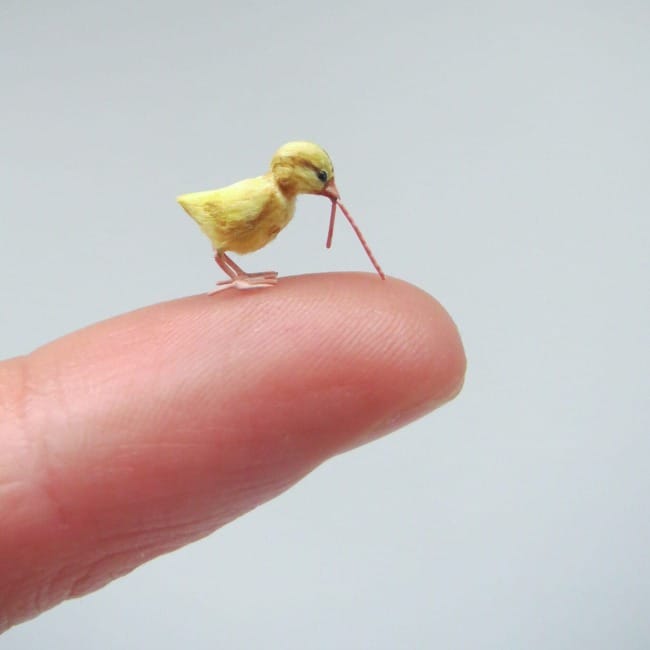
Instead of creating profiles of inert creatures, Sandor gravitates toward miniatures that suggest life and movement. Her creatures often seem to be in the middle of some action—jumping, flying, squawking, crawling. She likes to show the beginning of a movement, leaving it up to the viewer's imagination to finish off the movement in their mind. In this way, she draws the viewer in as a sort of collaborator on the project, with them mentally providing the completion of the creature's action. Sandor finds these types of figures more interesting (and more true to life) than formal, static sculptures.
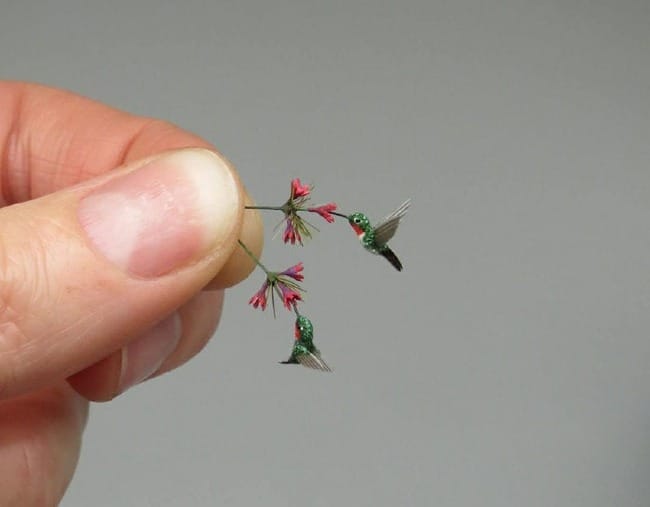
Sometimes Sandor adds elements of the creature's natural environment to the sculpture, such as moss or fungi; in this way she presents a visible and symbolic picture of the connection a creature has to its environment.
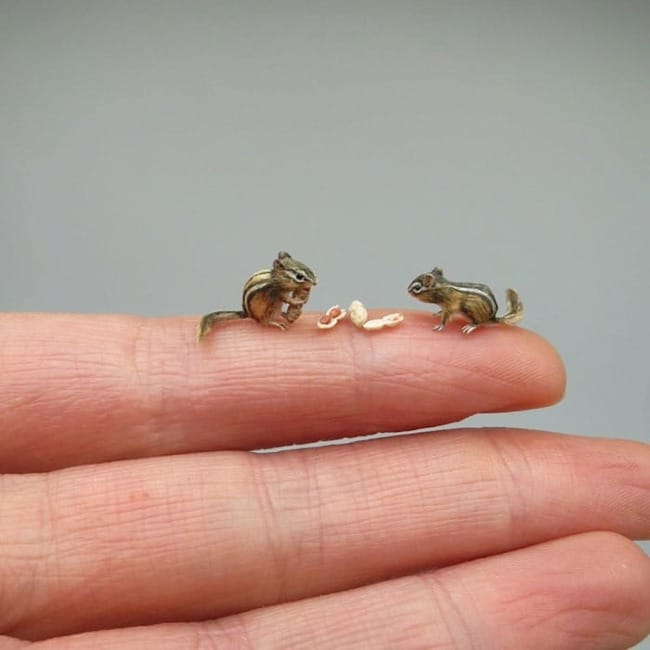
The Value of Observation
Because the works are so tiny, the detail demands a viewer's attention, which in turn necessitates that a person slows down to look carefully at the work. This mirrors Sandor's values:
"People walk past stunning natural treasures every day. It can be a small insect or a wonderful landscape. The majority of people are insensitive to nature, they do not think that the destructive activities of mankind can really destroy it. With my works, I want to illustrate and convey to others the attention and sensitivity that if we walk with open eyes and pay attention, we can see a lot of miracles that nature has given us."
This work of sensitization can, Sandor believes, lead to a person's effort on behalf of the natural world, for when someone comes to appreciate the intricate world around them and better understand how delicate and vulnerable it is, they are more likely to try to help protect it, or at least avoid harming it.
I think my works sensitize the members of the public who are interested in nature, so that we can see the miracle in all its details. The effect of this can contribute to taking better care of nature, realizing how wonderful and fascinating this system is that we can be a part of.
More of Fanni Sandor's work can be found on her Instagram and Facebook pages.
Reflection Questions: Has there been a time recently when you were particularly struck by the detailed design of some part of creation? Has slowing down and observing the world around you led you to take better care of it?
Feel free to leave a comment below or contact me directly at louise.conner@circlewood.online.
Louise
Want to learn more?
Find out more or support our parent organization by clicking below.